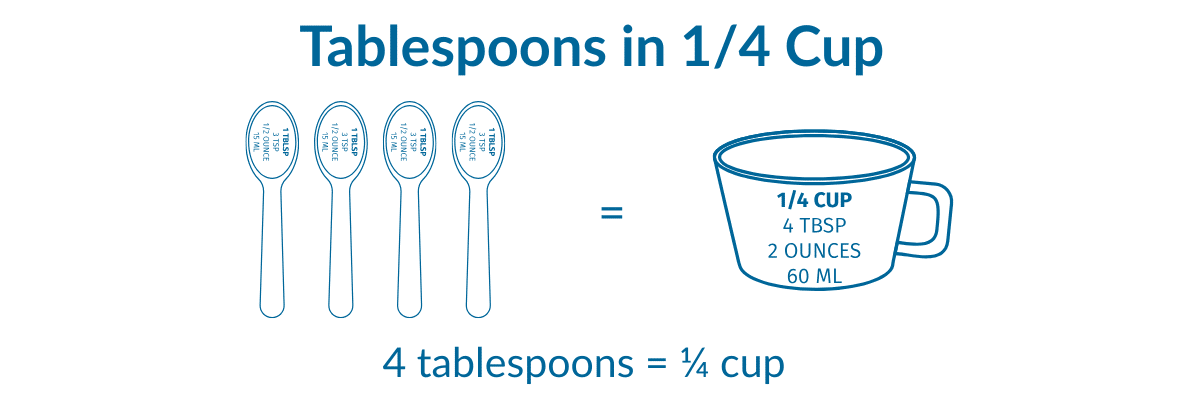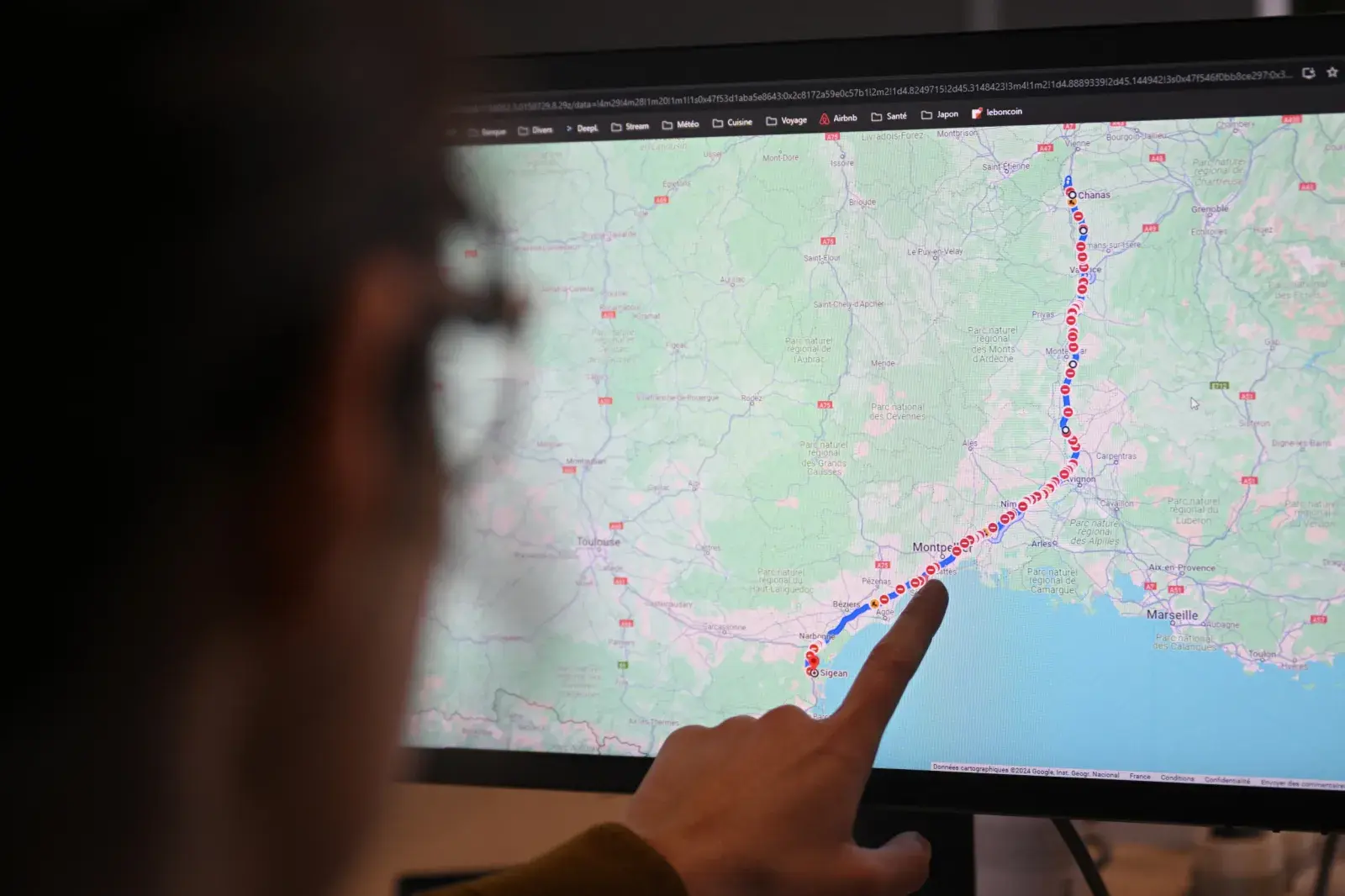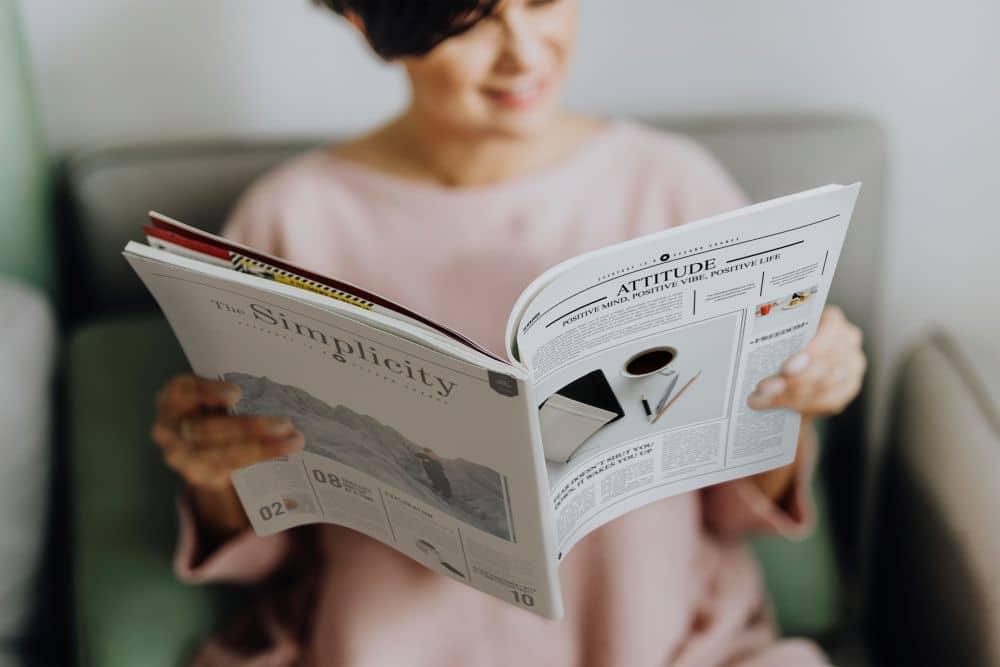Introduction
If you’ve forever been intermediate through a recipe and comprehended your calculating cup is missing, you’re not alone. Home heats and bakers international face this predicament daily. That’s when knowing quick translations can save your dish and your day! One of the maximum communal questions questioned in the kitchenette is: how many tablespoons in 1/4 cup?
At principal glimpse, it might seem like a meek examination, but there’s more to it than happens to the eye. Thoughtful accurate transformations can utterly change the conclusion of your recipes, guaranteeing faultless texture, flavor, and steadiness every time.
In this article, we’ll discover how many tablespoons in 1/4 cup, elucidate why calculating materials correctly, and provide handy adaptation charts, kitchenette hacks, and specialized tips to brand your gastronomic smarter and more well-organized.
How Many Tablespoons in 1/4 Cup?
Let’s start with the straightforward answer:
✅ There are 4 tablespoons in 1/4 cup.
Here’s how it breaks down:
- 1 cup = 16 tablespoons
- 1/2 cup = 8 tablespoons
- 1/4 cup = 4 tablespoons
- 1 tablespoon = 3 teaspoons
So, if your technique calls for 1/4cup of butter, sugar, or flour, and you don’t have a manipulative cup, you can forthrightly use 4 tablespoons in its dwelling.

But there’s more to this translation, specifically when it comes to scorching, liquid vs. dry components,and the transformations in amount systems around the world.
Why Accurate Measurements Matter in Cooking and Baking
When you’re gastronomic, a little dissimilarity often doesn’t make much alteration. But in scorching, even being off by half a tablespoon can alter the understanding of your formula.
Precision Is Key
Baking is more science than art. Ingredients interact based on exact ratios:
- Too abundant cover can make cookies impenetrable.
- Too diminutive sweetie can devastate the consistency of a cake.
- A moment more margarine can make tartlets slippery.
That’s why evocative variations like how many tablespoons in 1/4 cup is essential ensures consistency and appropriateness in every plate.
Dry vs. Liquid Measuring Cups
Not all cups are fashioned equal! Before adapting dimensions, it’s imperative to appreciate the difference between dry andliquid measuring cups.
1. Dry Measuring Cups
These are calculated to hold the meticulous quantity of dry constituents like flour, sugar, oats, or cocoa precipitate.
You ought to fill it to the top and level it off with a knife for accurateness.
2. Liquid Measuring Cups
These frequently come with a hammering spout and patterns on the side. They’re used for constituents like water, milk, or oil.
You ought to fill it to the line while it’s sitting on a flat surface for best grades.

💡 Pro Tip: Though both types degree the same volume, they are not substitutable for all constituents. For example, 1/4 cup of flour measured with a liquid cup might end up with somewhat less than using a dry calculating cup because of how ingredients settle.
The Math Behind the Conversion
Let’s explore how this conversion works mathematically so you can apply it to any amount.
Since:
- 1 cup = 16 tablespoons
Then: - 1/2 cup = 8 tablespoons
- 1/4 cup = 4 tablespoons
- 1/8 cup = 2 tablespoons
So if you ever need to go the other way:
- 1 tablespoon = 1/16 cup
- 2 tablespoons = 1/8 cup
- 4 tablespoons = 1/4 cup
- 8 tablespoons = 1/2 cup
This table makes it easy to convert back and forth — no calculator needed!
U.S. vs. Metric Cup Differences
Here’s where things can get tricky for international cooks.
U.S. Customary System
- 1 U.S. cup = 236.6 milliliters
- 1/4 U.S. cup = 59.15 milliliters
Metric System
- 1 metric cup = 250 milliliters
- 1/4 metric cup = 62.5 milliliters
Those earnings if you’re succeeding an American recipe using U.S. cups but calculating with metric cups, your capacities could be off slightly. While it may not ruin each recipe, sweltering is precise so always double-checks your components.
In both structures, however, 1/4 cup still equals 4 tablespoons only the overall size of each tablespoon may differ somewhat conditional on your state.
Tablespoon Conversion Chart
Here’s a handy conversion chart you can bookmark or print for quick reference:
| Cups | Tablespoons | Teaspoons | Milliliters (approx.) |
| 1 cup | 16 tbsp | 48 tsp | 236.6 ml |
| 3/4 cup | 12 tbsp | 36 tsp | 177.4 ml |
| 2/3 cup | 10.6 tbsp | 32 tsp | 157 ml |
| 1/2 cup | 8 tbsp | 24 tsp | 118 ml |
| 1/3 cup | 5.3 tbsp | 16 tsp | 79 ml |
| 1/4 cup | 4 tbsp | 12 tsp | 59 ml |
| 1/8 cup | 2 tbsp | 6 tsp | 30 ml |
Real-World Examples
Let’s put the conversion into practice:
Example 1: Baking Cookies
Your method calls for 1/4 cup of butter; nevertheless you only have a tablespoon quantity.
➡️ You’ll need 4 tablespoons of margarine.
(That’s like half a stick in the U.S.)
Example 2: Cooking Rice
The procedure says 1/4 cup of oil.
➡ ️ Use 4 tablespoons of oil in its place.For a
sunnier option, you can even reduce it to 3 tablespoons.
Example 3:
Mixing Salad Dressing
Need 1/4cup of lemon juice but don’t obligate a liquefied cup?
➡ ️ Measure 4 tablespoons with a serve, easy and straight!
Common Mistakes People Make
Smooth with the right adaptations, unimportant errors can add up. Here are a few mutual pitfalls:
- Scooping directly from the bag
This bandages constituents like flour, giving you more than intended. Always spoon and near dry constituents. - Using wet measuring cups for dry ingredients
You won’t get a smooth superficial level off which earns unpredictable results.
- Confusing teaspoons with tablespoons
One tablespoon generates 3 teaspoons but fraternising them up can ruin formulas entirely! - Ignoring ingredient density
1/4 cup of flour doesn’t weigh the same as 1/4 cup of honey. Adaptations quantity volume,not weight.
Kitchen Hacks for Easier Measuring
Now are a few time-saving trickeries that specialized cooks use:
- Grease your spoon previously calculating sticky constituents like sweetheart or peanut butter it photographs right off!
- Use conversion stickers or electromagnet diagrams on your fridge for rapid situations.
- Participate in an alphanumeric kitchenette scale after you switch to since constituents, exactness missiles.
- MRemember key adaptations, such as 1/4 cup = 4 tablespoons and 1 tablespoon = 3 teaspoons.
These little hacks save time and prevent kitchen chaos.
Why This Conversion Matters for Bloggers and Food Creators
If you’re a food
blogger or recipe creator, significant adaptations like how many tablespoons in 1/4 cup is indispensable for a few explanations:
- Global Readership:
Your audience might use different measuring systems. Providing conversions makes your recipes accessible worldwide. - SEO Optimization:
Searches for simple kitchen conversions attract high organic traffic. Answering these questions in detail helps your blog rank higher. - Professional Credibility:
Accuracy builds trust. Readers will come back if your recipes consistently work. - User Experience:
Clear measurements reduce confusion, improve reader satisfaction, and increase time spent on your page — key SEO metrics.
Conclusion
Consequently, how many tablespoons in 1/4 cup? The unassuming retort is 4 tablespoons but envisioning this small modification opens up a world of rigorousness in gourmet and blistering.
Whether you’re terrorizing cupcakes, collaborating bandages, or considering with impertinence, knowing how to measure appropriately ensures your recipes turn out effortlessly every time.
Besides if you’re a blogger, these publications don’t just help in the bakery, they shape trustworthiness and progress your SEO.
So, next time you find yourself physically disadvantaged by a determining cup, just ruminate: 1/4 cup = 4 tablespoons. It’s the little records that make a big alteration in your cooking accomplishment.
Ali Raza, a passionate blogger with 4 years of experience, shares insights on technology, digital marketing, and fashion at TechBusZone. His expertise helps readers stay updated with trends, tips, and practical guides across these dynamic fields.




